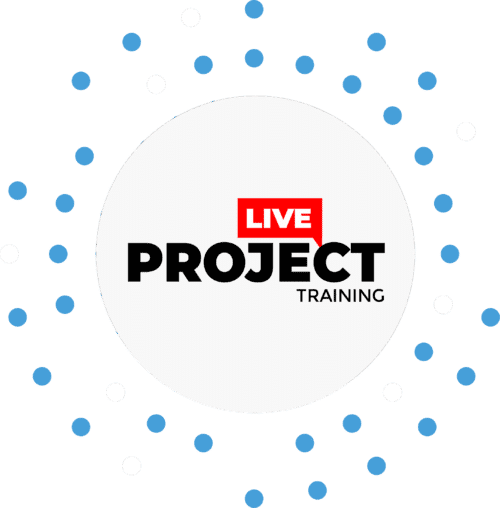CISA LEVEL 2

CISA Level 2
1). Advance Web Application Security
1.1) In-depth look at web application vulnerabilities (OWASP Top 10)
- -Comprehensive analysis of the OWASP Top 10 web application vulnerabilities.
1.2) Advanced techniques in secure coding and defense mechanisms
- -Exploration of advanced secure coding techniques and strategies to defend against vulnerabilities.
1.3) Security in modern web frameworks (Django, Node.js)
- -Discussion on how to implement security best practices in modern web frameworks like Django and Node.js.
2). Risk-Based Auditing Techniques
2.1) Introduction to risk-based auditing for web applications
- -Explanation of risk-based auditing principles focused on web application security.
2.2) Identifying and assessing risks in web application environments
- -Techniques for identifying and evaluating risks in various components of a web application.
2.3) Performing risk assessments for web application components
- -Detailed guide on conducting risk assessments for specific web application elements.
3). Vulnerability Management and Penetration Testing
3.1) Advanced vulnerability assessment techniques for web apps
- -Techniques for performing in-depth vulnerability assessments in web applications.
3.2) Introduction to penetration testing for web applications
- -Basics of penetration testing, focusing on web application security assessments.
3.3) Reporting vulnerabilities and remediation best practices
- -Best practices for documenting vulnerabilities and recommending remediation steps.
4) Web Application Development Audits
4.1) Auditing the Web Application Development Life Cycle (SDLC)
- -Overview of auditing practices across the Software Development Life Cycle (SDLC) for web apps.
4.2) Auditing Agile and DevOps practices in web app development
- -Examining Agile and DevOps methodologies and their impact on secure web application development.
4.3) Reviewing web application design for security and compliance
- -Techniques for auditing web application design to ensure security and regulatory compliance.
5. Access Control and Advanced Authentication Techniques
5.1) OAuth, SAML, and token-based authentication
- -In-depth look at advanced authentication protocols like OAuth and SAML for secure web apps.
5.2) Auditing user roles and permissions in web applications
- -Methods for auditing user roles, permissions, and access control in web applications.
5.3) Advanced session management and its audit implications
- -Examination of advanced session management techniques and their relevance to auditing.
6) Cloud-Based Web Application Auditing
6.1) Introduction to cloud-based web applications (SaaS, PaaS, IaaS)
- -Overview of different types of cloud-based web applications and their security considerations.
6.2) Auditing security in cloud-hosted web applications
- -Techniques for auditing security in cloud-hosted environments, focusing on web applications.
6.3) Cloud security standards and compliance (ISO, NIST)
- -Review of industry standards like ISO and NIST for ensuring cloud security and compliance.
7) Compliance and Regulatory Requirements
7.1) Web application compliance with GDPR, PCI-DSS, HIPAA
- -Overview of critical regulatory frameworks for web application compliance, including GDPR, PCI-DSS, and HIPAA.
7.2) Auditing web apps for regulatory compliance
- -Techniques for auditing web applications to ensure adherence to regulatory requirements.
7.3) Understanding data privacy in web applications
- -Introduction to data privacy principles and their relevance to web application audits.
8) Audit Reporting and Continuous Monitoring
8.1) Creating comprehensive audit reports for web applications
- -Guidance on creating detailed audit reports that clearly outline findings and recommendations.
8.2) Communicating findings to management and stakeholders
- -Best practices for presenting audit results to stakeholders and management effectively.
8.3) Continuous monitoring and audit follow-up
- -Strategies for continuous monitoring of web applications and following up on audit recommendations.
9) Case Studies and Practical Exercises (for Both Parts)
9.1) Real-world auditing scenarios and case studies
- -Application of knowledge through case studies based on real-world web application auditing.
9.2) Practical exercises using auditing tools
- -Hands-on experience with tools like OWASP ZAP and Burp Suite to audit web applications.
9.3) Discussions on common challenges in web application auditing
- -Group discussions on the challenges and solutions commonly encountered in web application auditing.



